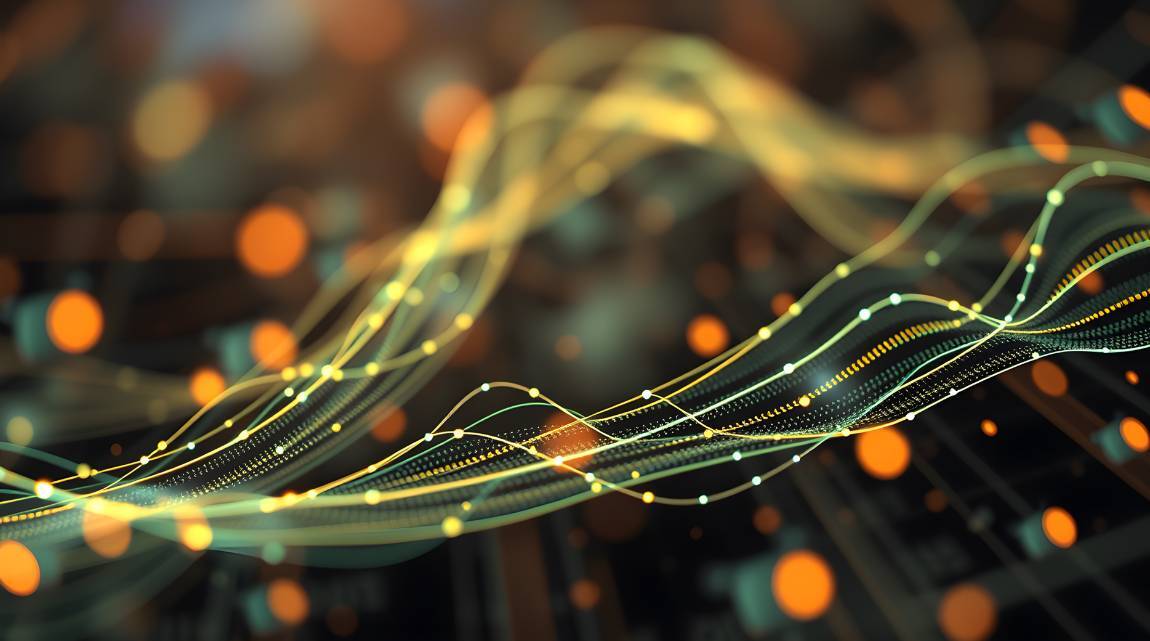In August, the BRICS bloc made the historic step of more than doubling, with the addition of six new countries. This provides renewed economic clout for the group on multiple metrics, not least in terms of a potential shift away from the US dollar for international trade, but it also increases the significance of the bloc as a sender of consumer remittances.

Analysis of our own market sizing data for the current BRICS countries – Brazil, Russia, India, China and South Africa – as well as the six new additions – Argentina, Egypt, Ethiopia, Iran, Saudi Arabia and the United Arab Emirates – shows that while the bloc was already the source of a large amount of the world’s consumer remittances, this will grow significantly with the new additions.
We estimate that in 2023, the five current BRICS countries will send around $42.7bn in consumer remittances over the course of the year. However, the additional six countries will send almost twice this, at $82.5bn – bringing the bloc’s total to $125.2bn. As of 2025, this is expected to rise to $47.1bn for the original BRICS countries and $91.8bn for the new additions, for a total of $138.9bn.
In terms of share of global flows, this represents a significant increase. In 2023, the core five BRICS countries are expected to account for 5.5% of all money sent as consumer remittances globally – one in 18 dollars sent this year. However, with the new countries added this will increase to 16.2% – one in six dollars.
The amount sent by the new BRICS countries is also expected to grow at a faster rate than that of the current BRICS countries. While the amount of consumer remittances sent from the current five countries is set to grow by 10.4% between 2023 and 2025, money sent from the new six countries is set to grow by 11.3% over the same period.
This increasingly makes the BRICS bloc a significant player in the remittances space, and if it decides to increase its focus on dedollarisation efforts, it could prove to be a powerful shaper of remittance trends over the next few years.
How can FXC Intelligence’s market sizing data help import my future strategies?


